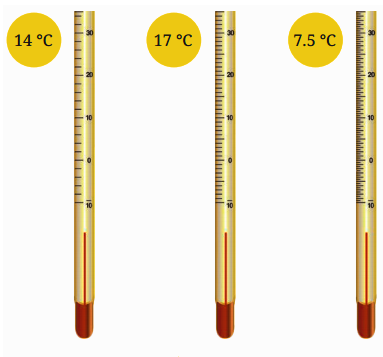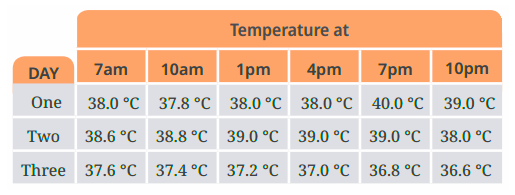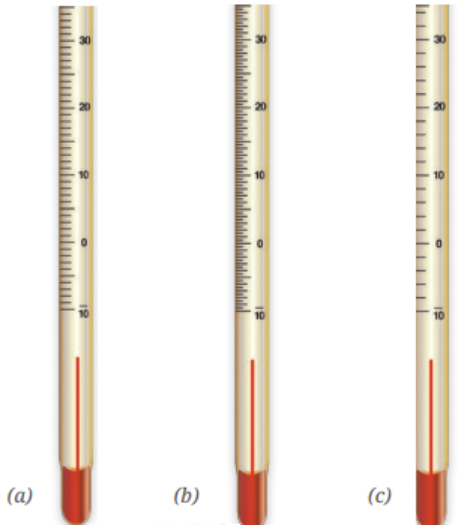NCERT Solutions for Class 6 Chapter 7 Science - FREE PDF Download
FAQs on NCERT Solutions for Class 6 Science Chapter 7 Temperature and Its Measurement
1. What is temperature and how is it measured in Class 6 Science Chapter 7: Temperature and Its Measurement?
Temperature measures how hot or cold a body is and is measured using thermometers in Celsius (°C), Fahrenheit (°F), or Kelvin (K).
2. What are the three most-used temperature scales as discussed in Chapter 7: Temperature and Its Measurement of Science Class 6?
The three most-used temperature scales are Celsius (°C), Fahrenheit (°F), and Kelvin (K).
3. What is the SI unit for temperature according to Chapter 7: Temperature and Its Measurement from Class 6 Science?
The SI unit for temperature is Kelvin (K).
4. What is the normal body temperature for a healthy adult in Science Class 6 Chapter 7: Temperature and Its Measurement?
The normal body temperature for a healthy adult is approximately 37.0°C or 98.6°F.
5. What type of thermometer is used to measure body temperature in Chapter 7: Temperature and Its Measurement from Science Class 6?
A clinical thermometer is used to measure body temperature.
6. What is the temperature range of laboratory thermometers as mentioned in Chapter 7: Temperature and Its Measurement?
Laboratory thermometers typically have a temperature range from -10°C to 110°C.
7. How do you use a clinical thermometer to measure temperature as per Class 6 Science Chapter 7?
Place the clinical thermometer under the tongue, in the armpit, or rectally, depending on the type, and wait until the reading stabilises.
8. Why is it important to know the normal body temperature in Chapter 7: Temperature and Its Measurement from Science Class 6?
Knowing the normal body temperature helps in identifying fever or other health issues.
9. What is the difference between clinical and laboratory thermometers as explained in Class 6 Science Chapter 7?
Clinical thermometers are designed for measuring body temperature, while laboratory thermometers cover a broader range of temperatures.
10. How can temperature affect the state of matter, according to Chapter 7 of Class 6?
Temperature changes can alter the state of matter, such as causing solids to melt into liquids or liquids to evaporate into gases.






























